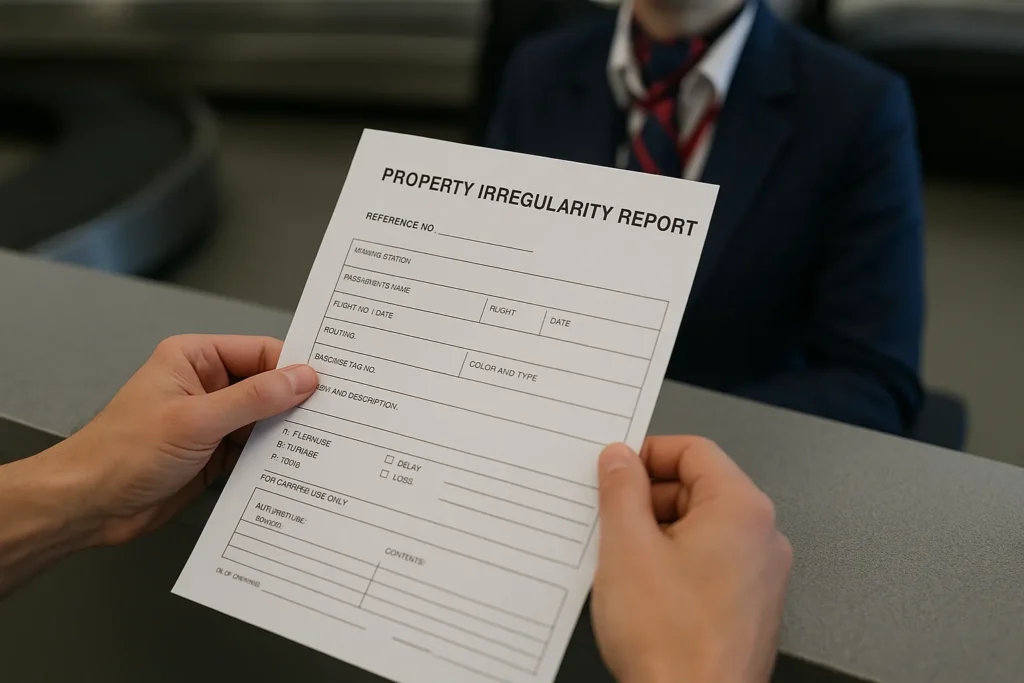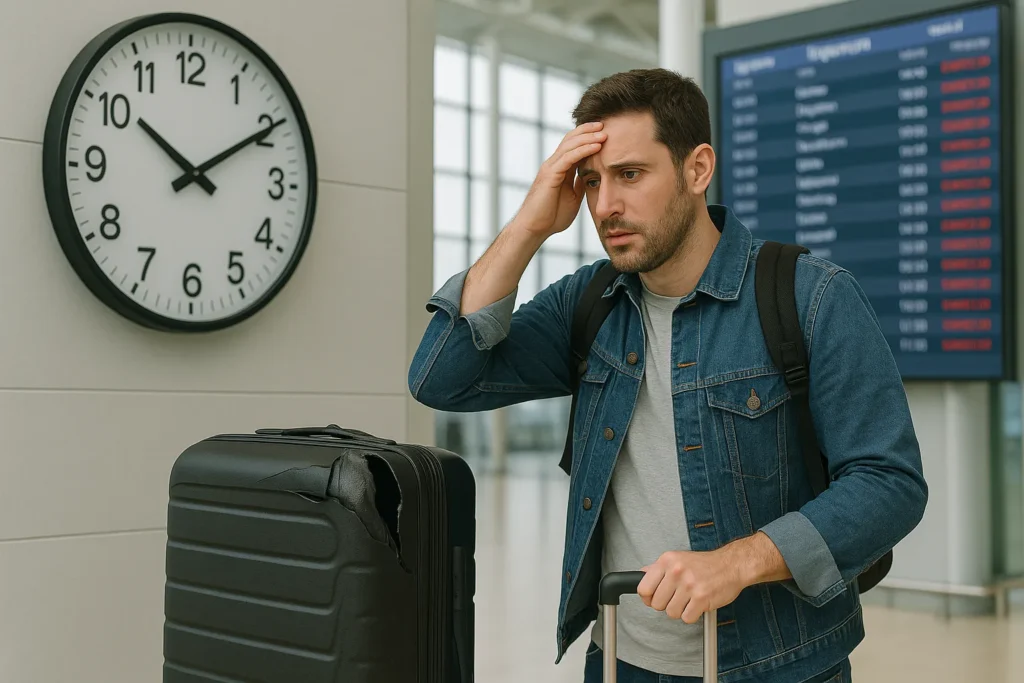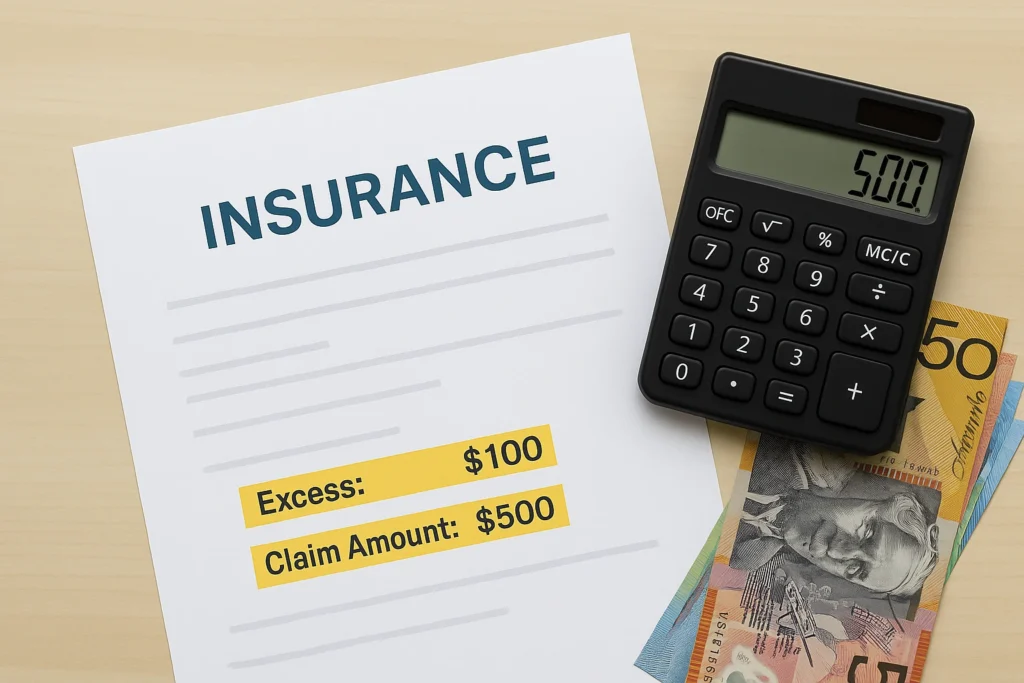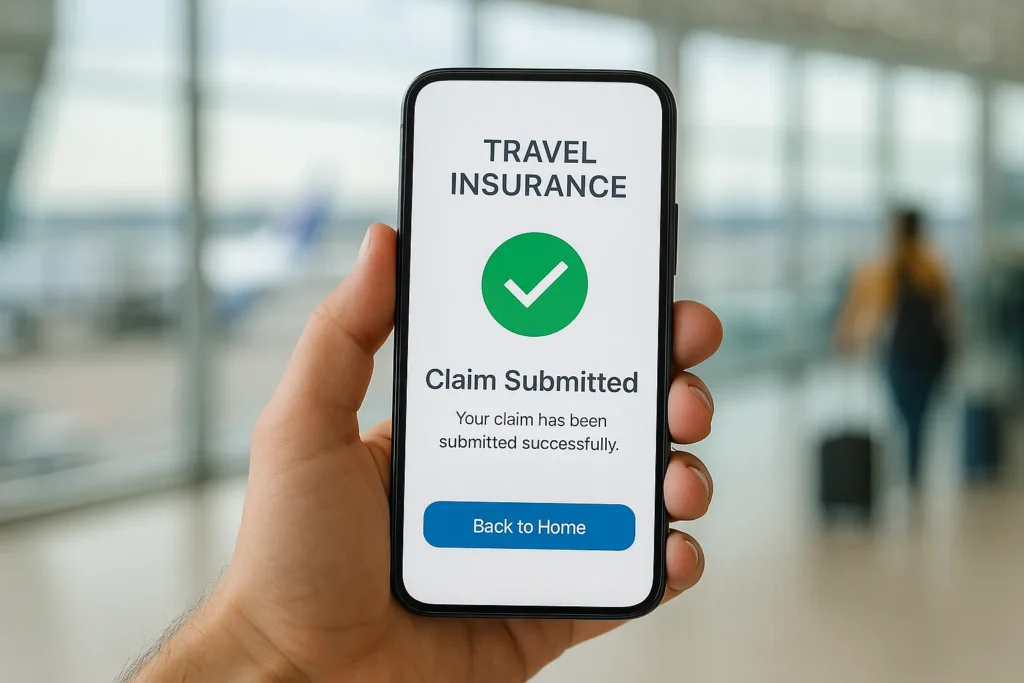Your travel insurance claim doesn’t have to take months. You just have to document everything at the scene and request the right forms before leaving.
Sounds pretty simple? But most travellers don’t take documentation seriously in those first chaotic hours. Then their claim that should’ve been approved in two weeks drags on for two months while they chase paperwork that no longer exists.
We’ve processed hundreds of claims for Australian travellers at Monkey House. In this guide, we’ll show you how to speed up your claim process using our hands-on experience. You’ll learn:
- What to capture immediately after an incident
- Which forms to request before you leave
- How to avoid the mistakes that commonly delay claims
Let’s start with the very first step you should take when things go wrong on your trip.
What Should You Do As Soon As Your Trip Goes Wrong?

Contact your insurer and start documenting everything within the first hour. Acting quickly sets the foundation for a smooth claim process and helps you avoid unnecessary delays. Here’s where to begin:
Document Everything Immediately
Write down what happened, including time, location, and people involved. Your memory fades fast when stressed, so jot notes on your phone: the gate number where your bag went missing, the staff member’s name, and the exact time your flight was delayed. Note every reference number you can find.
Call Emergency Assistance When Needed
Call your insurer’s emergency assistance hotline. The number is on your Certificate of Insurance (call charges may apply when phoning from overseas). If you need medical treatment over $500, call first to get approval. Some policies require pre-approval for expensive medical bills. Skipping this step can get your claim rejected.
Once you’ve taken these steps, focus on collecting evidence.
What Evidence Should You Collect at the Time of the Incident?
Collect three types of evidence immediately: clear photos of damage or injuries, official incident reports, and digital copies of all receipts. Let’s break down each one:
Photograph All Damage and Injuries
Use your phone to photograph damaged luggage or property straight away. In our experience processing claims, clear photos get you quick approval instead of weeks of back-and-forth questions.
For medical claims, photograph injuries from multiple angles in good lighting. Our suggestion is to snap photos of serial numbers, tags, or labels on damaged items to prove ownership.
Get Official Incident Reports

What counts as an official report? Any document from authorities or service providers that proves something went wrong. Without these, insurers often reject claims outright.
Facing a baggage issue? Property Irregularity Reports from airlines are essential. They officially prove what went wrong with your baggage. Request it before leaving the airport. Once you leave, you’ll need to contact the airline’s baggage office, which can delay your claim by days or weeks.
If you’re dealing with theft, you’ll need different documentation. File a police report immediately and get the reference number. Most insurers won’t process theft claims without official police documentation.
And for medical incidents, request certificates from your doctor even for minor health issues. These prove the extent of your injuries and justify the treatment costs you’re claiming.
Keep All Receipts Digitally
Paper receipts won’t last. They fade, get lost in your luggage, or turn into confetti in the washing machine when you forget to empty your pockets.
The solution? Go digital immediately. Snap a photo of every receipt and email it to yourself or upload it to cloud storage. This applies to meals, accommodation, and transport costs during delays. It takes seconds but protects your entire claim.
Do the same with booking confirmations and travel itineraries. Store everything in one accessible folder so you can prove what you paid and what went wrong.
With your evidence secured, timing becomes your next priority.
When Is the Best Time to Start Your Travel Insurance Claim?

Start as soon as something goes wrong, ideally within the first 24 hours. If you don’t act quickly, details get fuzzy, receipts go missing, and your claim drags on for weeks.
Now, this doesn’t mean you have to submit your claim immediately. Australian policies usually allow 90 days to file. But waiting until the deadline makes it harder to track down proof. The real question is whether you need to file right away or if it can wait until you get home.
Should You File During Your Trip or After?
File immediately for medical emergencies over $500. It’s because your insurer can arrange direct hospital payment, so you don’t have to cover large costs upfront.
For baggage loss or flight delays, waiting until you’re home is fine as long as you’ve kept all receipts and reports.
But regardless of when you file, timing still affects how quickly you get paid.
Why Timing Matters for Approval
- Faster Processing: Claims filed early are often approved in 1 to 2 weeks.
- Deadline Pressure: Submitting late leaves no room for missing documents.
- Harder Documentation: Airlines and hotels may delete records or lose receipts over time.
Once you know when to file, make sure all your paperwork is ready to go.
Getting Your Documents Ready for Travel Insurance Claims
Different claim types need different documents. Simple as that. But no matter what kind of claim you’re filing, make sure you have your policy number, Certificate of Insurance, and bank account details ready. You’ll also want your contact details, travel dates, and the names of all passengers on your policy.
Here’s what to grab for each type of claim:
Medical Expenses
You’ll need doctor’s notes, medical certificates, and (in some cases) authorisation letters for procedures. Don’t forget itemised hospital bills, hospital expenses, and prescription receipts. If your claim involves an existing medical condition, include your full medical history.
Trip Cancellations
Your booking confirmations are essential, along with proof of cancellation from the travel supplier. You’ll also need supporting documents based on your cancellation reason. Medical emergencies require a doctor’s certificate, while a death in the family needs a death certificate. If work got in the way, ask your employer for a letter.
Lost or Damaged Baggage
Get the Property Irregularity Report from the airline before leaving the airport. If your bag was stolen, file a police report and keep the reference number. Include receipts for lost items and photos of any damage.
Travel Delays
Flight details and booking confirmation are the starting point. You’ll also need any airline letters confirming the delay and reason. Don’t forget receipts for meals, accommodation, or transport you paid for during the delay.
Before you submit everything, there’s one financial detail that trips up a lot of travellers.
Policy Excess and How It Affects Your Payout

Excess is the amount deducted from every claim before you receive payment. Think of it like a co-pay in health insurance. You always cover the first part, and the insurer pays the rest.
How Excess Deductions Work
| Your Claim Amount | Policy Excess | What You Actually Receive |
| $500 medical bill | $100 | $400 |
| $1,200 cancelled trip | $200 | $1,000 |
| $300 delayed baggage expenses | $100 | $200 |
| $80 pharmacy receipt | $100 | $0 (claim too small) |
The insurer automatically deducts the excess from your total claim amount, which means you’ll only be paid for costs above that threshold. Long story short? If your expenses are smaller than the excess, the claim won’t qualify for payout. This is why a $50 pharmacy visit isn’t worth claiming with $100 excess.
Typical Excess Amounts in Australia
Australian policies typically charge $100 to $200 excess per person per event. Lower excess options cost more in premiums. Some benefits, like personal accident or emergency evacuation, have no excess at all. But sub-limits (caps on how much you can claim for certain items) may apply to specific items like electronics or jewellery.
Now you’re ready to submit your claim.
Lodging and Tracking Your Claim Online

Submitting your claim online is the fastest way to get results. It cuts down on back-and-forth emails, speeds up processing, and keeps everything organised in one place. Here’s how to file your claim digitally and make the process as smooth as possible.
File Your Claim Digitally
Log in to your insurer’s portal or download their app. Complete the entire claim form in one session with full details ready. Upload all documents at once. Scan receipts, reports, medical certificates, and booking confirmations before opening the claim form.
Avoid These Common Mistakes
According to the Australian Financial Complaints Authority, delays in claim handling remain the top complaint issue for general insurance. Based on our firsthand experience handling hundreds of claims, common mistakes include:
- Missing Documentation: Incomplete files force insurers to pause your claim while they request what’s missing.
- Vague Explanations: Be specific about what you’re claiming so the assessor knows whether it’s for meals, accommodation, or missed connections.
- Poor Quality Photos: Claims assessors reject blurry photos or illegible scans outright.
- Wrong Bank Details: Incorrect bank account information prevents payment of approved claims.
- Claiming Under the Wrong Policy Benefit: This adds weeks to processing as your claim gets routed to the wrong department and has to start over.
Even small mistakes can hold up your claim. Double-check everything before submitting so it reaches the right team the first time and your payout comes through without extra back-and-forth.
Stay on Top of Your Claim
Insurers send email updates when they receive documents or make decisions. Wait 10 to 14 business days before following up on complete claims. Follow up within 2 to 3 business days if they request additional information.
Usually, payment arrives within 3 to 5 business days after approval.
How Long Does It Take to Process a Travel Insurance Claim?
Processing speed depends on how complete your paperwork is.
Simple Claims vs Complex Claims
- Simple Claims Process in 1 to 2 Weeks: This includes travel delays with flight details, airline letters, and receipts, as well as baggage loss with Property Irregularity Reports.
- Complex Claims Take 30 to 60 Days: Medical or cancellation claims requiring investigation take longer than straightforward baggage or delay claims.
What happens after submitting your claim?
A claims adviser reviews your submission and may request additional information. You’ll receive email updates throughout the claims process.
Dealing with Claim Rejections or Delays

Got a rejection letter or heard nothing for weeks? Don’t panic. Insurers often deny claims because of missing paperwork or filing under the wrong benefit, and both are fixable.
Your action plan starts with a review.
Review Documents and Respond Quickly
Review the denial letter to understand the exact reason for rejection. Insurers have to tell you why they said no.
Check if you missed the required documentation or filed under the wrong benefit. Sometimes it’s as simple as forgetting to attach a medical certificate or claiming under “trip cancellation” when you should have claimed under “trip interruption.”
Respond within 7 days with additional documents or clarification. The faster you reply, the faster your claim gets back into processing.
Ask for Clarification in Writing
If the denial reason isn’t clear or you’re not sure what’s missing, reach out for details. Email your insurer requesting a specific explanation of the denial reason. Phone calls work for quick questions, but emails create a paper trail.
Ask what additional evidence would support a successful reconsideration. Don’t guess what they need. Get them to spell it out.
Escalate if Necessary
If your insurer doesn’t resolve the issue, contact the Australian Financial Complaints Authority at 1800 931 678. They’re a free, independent service that helps sort out disputes between customers and insurers.
Getting Your Travel Insurance Claim Approved Faster
You now know what separates fast claim approvals from months of back-and-forth paperwork. Documentation timing makes all the difference.
Here’s your next step based on where you are:
- Something Just Went Wrong: Stop reading and start documenting. Photograph everything, request the airline report at baggage claim, and notify your insurer within 24 hours.
- If You’re Planning Ahead: Bookmark the required documents section so you know exactly what to grab when something does go wrong.
- Claim Stuck in Limbo: Jump to the rejection section and follow the escalation steps we outlined.
We’ve been helping Australian travellers navigate complex travel insurance claims at Monkey House since 2001. Need help with your travel insurance claim? Head over to our contact page and tell us what happened.